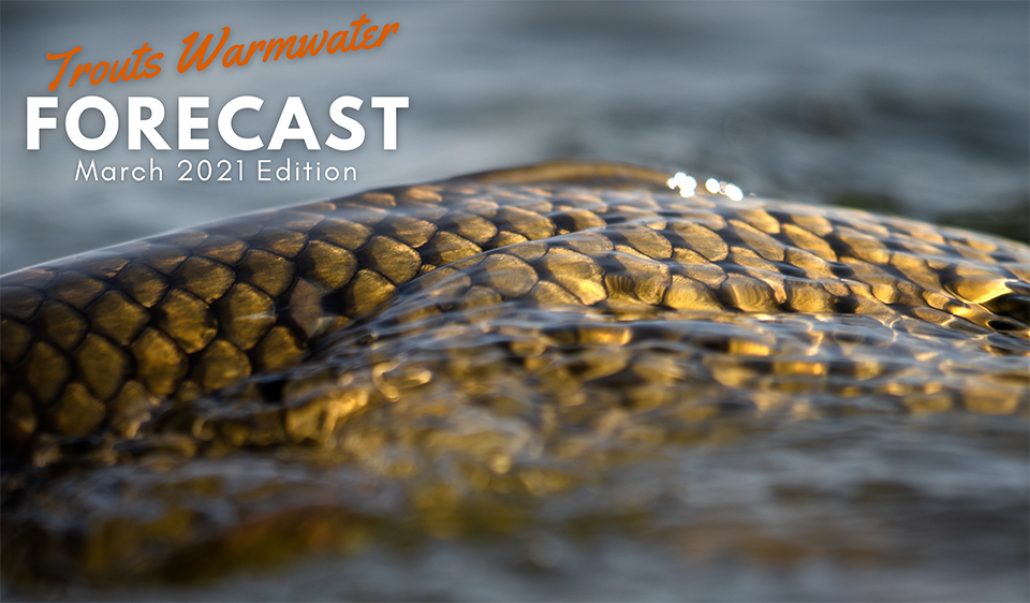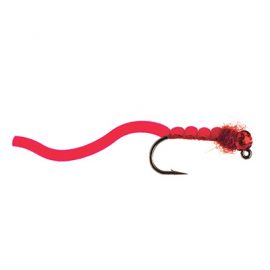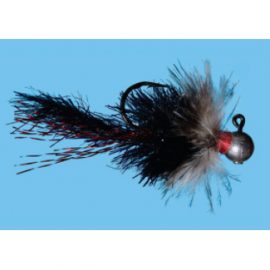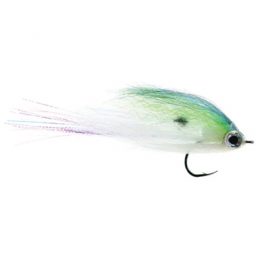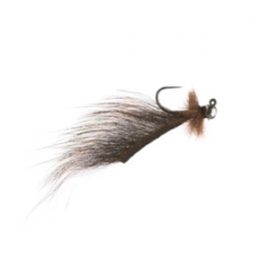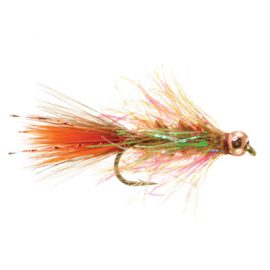The death grip of winter is finally relaxing its icy, cruel grasp, and those, like me, who have no patience for the bleak ice age that is the months of December, January and February finally have a glimmer of hope that purposeful life can begin again…… Unnecessary hyperbole? Yes. Am I ready for winter to GTFO so we can fish the fun stuff again? Absolutely!
This is the first of many monthly installments aimed at helping those who’s New Year’s resolution was to cut back on the “binge trouting” and try a more diverse diet of the many warm water opportunities Colorado has to offer. As in all fly fishing pursuits, the exploration and adventure of finding new water and targeting new species is most of the fun, which we dare not rob you of, so these forecasts will focus more on seasonality and species habits and tactics throughout the season. I strongly encourage you to go out and explore your backyard, as there is good fishing much closer to home than you think.
The DSP:
March can be one of the absolute best months on the Denver South Platte. While flows are still lower than normal, melt events from our usual heavy, wet early spring snows push enough water through to keep aquatic macroinvertebrates and other subsurface foods moving around and active. Increased ambient and water temperatures stimulate feeding in the species of warmer preference (carp & smallmouth bass) but remain cool enough for the small sample of trout and walleye in the system to stay quite active. Transitional mediocre clarity near the end of a big snow melt day is my absolute favorite, as Carp push up into skinnier water than normal under the cover of the increase in flows and turbidity and fueled by a nice metabolism bump from the warmup, feed more aggressively than is the norm for winter carp. In the off-color water, turn to louder than usual patterns (headstand Style worms like the Umpqua Jigged Squirmie are a personal favorite).
Small Lakes and Ponds:
The icy legacy of February 2021 - one of the coldest in a decade - means it will be a slow start to the stillwater fun on the Front Range, but a handful of High 50 and 60-degree days will make quick work of that. March is an underrated month for warm water species, but if you embrace the slow and small mantra, it can be exceptional for large and smallmouth bass, perch, crappie, and panfish. Find structure, and you will find fish. Submerged logs, Christmas trees, docks and buoys, all provide cover, and an ambush point, making a meal attempt less of a drain on precious calories after the lean winter. Finesse presentations are key as the metabolism of these fish is still quite slow in these temperatures. Slow jigging senko style worm patterns, crayfish, and jigged buggers near structure is the ticket. As temps warm later in the month, carp will begin to be fishable in the shallows, your favorite pond is always worth a walk on the jacketless days of the coming weeks.
Large Reservoirs:
This is by far the BEST time of year for targeting trout and walleye in large Front Range reservoirs. Most large impoundments are stocked regularly with trout, and are favorable to holdovers, so you can find some surprisingly large trout close to home. Targeting these stillwater trout is much the same as you do in your favorite South Park stillwater impoundment. Twitching leeches and buggers as the ice begins to break up can produce remarkable numbers. By mid to late month, chironomids should be in full swing, and more importantly on the minds, and in the bellies of your neighborhood rainbow trout.
The star of the show from now until April is the walleye! As water temps approach the low 40’s, walleye move to riprap dams to spawn. Before the spawn they feed aggressively to prepare, and some of the largest walleye of the year are caught during the pre-spawn period. Keep in mind that walleye prefer to feed in low light, so night fishing and overcast days are your best bets. You will need some specialized gear to chase walleye on the fly in Colorado. Here are three tips:
- Firstly, you’ll want some level of sinking line to target specific depths, and continue to present at that depth when a pattern is established. I like the Airflo Stillwater Camo Intermediate for shallower impoundments, and the Scientific Anglers Sonar Intermediate/Sink 3/Sink 5 for deeper lakes.
- Line management when fishing on the snag prone riprap dams of Colorado’s reservoirs is crucial, and a stripping basket, like the Orvis Stripping Basket can be a game changer.
- Lastly, it will most likely be dark when you are fishing, and you’ll need a good headlamp to tie nots, and more importantly, safely walk the riprap. The Loon Nocturnal Headlamp is a great choice, and plenty bright.
Walleye fishing is all about the pause. Vary your stripping and include painfully long pauses (sometimes 4-5 seconds) until you find the pattern that they prefer, once dialed, that pattern should produce until there is a weather, temp or lunar change. If you would like to dig in more to the barometric and lunar effects on fish behaviors, there are a ton of resources on the web, and it is a dangerous, but crazy interesting rabbit hole to fall into. In walleye fishing, bad weather is a good thing, if it’s too nice, they probably won’t be active. The old saying goes “no wind, no walleye…..”

